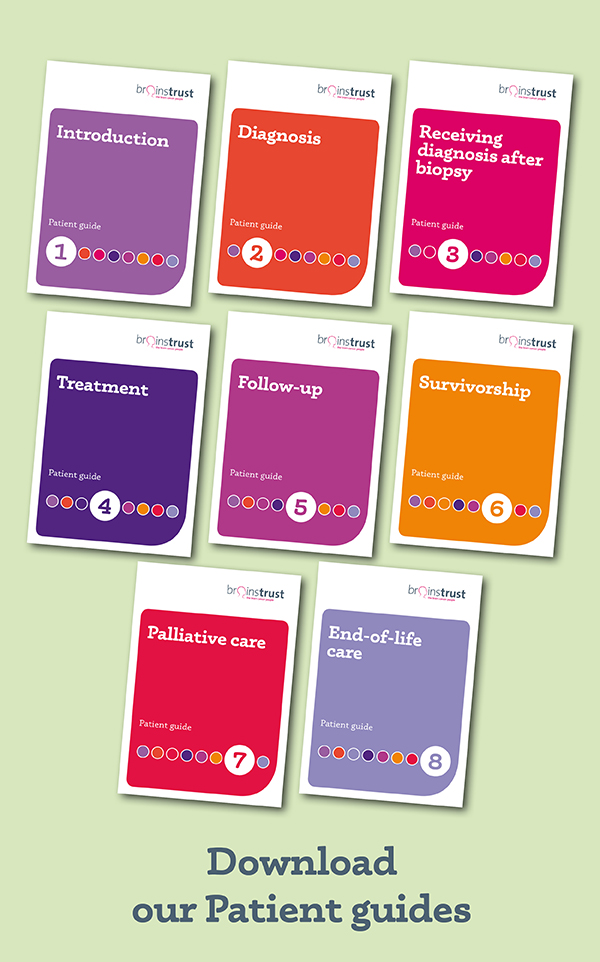Chemotherapy
What is it?
A treatment which uses drugs to treat cancer cells. Sometimes more than one drug is used; this is called combination chemotherapy. Radiotherapy can also be combined with chemotherapy; this is called combined therapy.
Chemotherapy works on cancer cells in three ways:
- It kills cancer cells
- It alters the cells damaging potential
- It ‘tees up’ the cancer cells for treatment with further drugs (also called pro-drug therapy).
Should I have chemotherapy?
Not a simple response. It is complex; each case must be assessed individually. To help you decide, ask about the drug’s main side effects, what clinical evidence exists and trust in your healthcare team. Be guided by this.
The side effects of chemotherapy depend mainly on which drugs are given and how much. Common side effects include nausea and vomiting, loss of appetite, headache, fever and chills, and weakness. If the drugs lower the levels of healthy blood cells, you’re more likely to get infections, bruise or bleed easily, and feel very weak and tired. You will be checked for low levels of blood cells (call blood cell count). Some side effects may be relieved with medicine.
Such is the progress in personalised treatments that neuropathologists can now identify which tumours are likely to respond to chemotherapy. Specific tests might provide information that can be used to influence your treatment and diagnosis. Not all hospitals run such tests but you can ask for them. These tests (which include whole genomic sequencing and molecular markers) can:
- Aid the diagnosis of brain tumours which are sometimes hard to diagnose
- Allow clinicians to work out a prognosis
- Indicate whether a tumour will respond to a specific type of treatment
The downside of this is that you may discover that your tumour type might not respond to treatment, so if you ask the question, you need to be prepared that you might receive information you’d rather not know.
The MGMT methylation test detects a chemical change in the DNA that shows how the cells are able to fight certain chemotherapy drugs (i.e. repair the damage caused by the drug so that the cancer cells survive and continue to grow). Tumour samples can also be tested for a ‘1p/19q’ genetic change in the chromosomes that may provide information about the likely sensitivity to DNA acting drugs.
The MGMT and 1p/19q tests will only be relevant to some brain tumours. They can also only be done where a biopsy has been performed, and biopsy material can be obtained and analysed (it does not necessarily matter how long ago the biopsy was performed).
The MGMT methylation test is relevant to all anaplastic gliomas (WHO Grades III and IV).
1p /19q test is relevant to certain tumour types.
The tumour types for which these tests can be done are shown by a tick below.
| Diagnosis | Grade | MGMT | 1p/19q |
| Anaplastic astrocytoma | WHO grade III | ✓ | ✗ |
| Oligodendroglioma | WHO grade II | ✗ | ✓ |
| Anaplastic Oligodendroglioma | WHO grade III | ✓ | ✓ |
| Oligoastrocytoma | WHO grade II | ✓ | ✗ |
| Anaplastic Oligoastrocytoma | WHO grade III | ✓ | ✓ |
| Glioblastoma | WHO grade IV | ✓ | ✓ |
How chemotherapy works
Chemotherapy directly attacks brain tumour cells and disrupts their growth. It is not used to treat all brain tumours and sometimes it is used to shrink a tumour or slow its growth; it won’t always get rid of a tumour. It is generally used to treat a malignant tumour (so grades 3 and 4). The blood brain barrier causes problems in the delivery of chemotherapy. The blood brain barrier is there to protect the brain from toxic substances so trying to deliver chemotherapy to the tumour site is not easy.
How is chemotherapy given?
Usually in cycles. This gives the patient time for the healthy cells to recover in between treatments. The frequency and length of the treatments depends on the factors mentioned previously. Treatment – rest cycles are often repeated over several months.
What are the major, currently used chemotherapeutic agents?
Within the NHS, the choice of chemotherapy is based on the Stupp protocol.
Main agents used are Procarbazine, CCNU and Vincristine (known as PCV), temozolomide, carboplatin, and carmustine. Lomustine is an option for when a glioblastoma recurs.
| Agent | What it is | How administered | Side effects |
| PCV: chemotherapy combination of more than one drug – procarbazine + CCNU (also called lomustine) + vincristine = PCV. | Procarbazine and CCNU are oral medications and vincristine is given intravenously | Orally and intravenously over a 28 day cycle | Fatigue, nerve discomfort, jaw pain and ringing in your ears. |
| Temozolomide | An alkylating agent that crosses the blood brain barrier and has been approved by NICE. It has shown promise for the long-term management of gliomas and may also be useful in medulloblastomas and metastatic tumours | One to six capsules a few days a month for a year or more. Treatment-rest cycles can last for several months or years.
NB There is little or no difference between PCV and temozolomide apart from the way it is given. |
Fatigue, nausea and constipation. |
| Carmustine | A nitrosourea agent which disrupts the DNA of tumour cells to stop them from proliferating. | Intravenously or by biodegradable implants (wafers), which are inserted into the cavity left once the brain tumour has been removed. The agent is then released directly into the tumour. The wafers dissolve over the next two to three weeks. If administered intravenously, you will be an outpatient and the cycle usually repeats every 6 weeks.
The disadvantage with Carmustine wafers is that the agent does not reach invading cells but remains local. |
Wafers may cause seizures, cerebral oedema and problems with wound healing. Side effects include fatigue, nausea and constipation. |
| Avastin: also called bevacizumab | Anti-angiogenic therapy: it inhibits the growth of blood vessels which feed tumour | Intravenously. You cannot have Avastin if you are having surgery. This has not been approved by NICE and therefore may not be funded by your commissioning board. | Headache, confusion, vision problems, feeling light-headed, fainting, and seizure |
New drugs are being developed and researched. These tend to fall into several camps and may be available in a clinical trial:
- Agents that stop cell division
- Anti-angiogenic therapy: these drugs inhibit the growth of blood vessels which feed tumour;
- Differentiating agents: these drugs act on the cancer cells to make them mature into normal cells. They work in three ways:
- They slow down malignancy
- They limit the number of cells dividing
- They sensitise the cells to existing therapies
- Immunotherapy: a seek and destroy mission. These drugs offer a unique method of treatment, and are often considered to be separate from chemotherapy. There are different types of immunotherapy. Active immunotherapiesstimulate the body’s own immune system to fight the disease. Passive immunotherapies do not rely on the body to attack the disease; instead, they use immune system components (such as antibodies) created outside the body. Immunotherapeutic agents include interferons, natural proteins that are toxic to cancerous cells and specific antibodies. This treatment can improve the immune system’s ability to locate and destroy tumour cells.
- Gene therapy: the transfer of genetic material to a tumour cell to destroy the cell or to change the nature of malignant cells so that they become more sensitive to therapy (pro-drug treatment).
- Targeted molecular therapies: these agents block a specific growth pathway which a tumour cell may use (e.g. tk inhibitors).
- Intratumoural therapies: this involves inserting new biological therapies directly into the tumour.
You can find out more about some of these treatments here.
How are these agents taken?
- Most commonly by mouth (orally) – some chemotherapy drugs are given in pill or capsule form.
- Injection into a vein (intravenously) – you shouldn’t need to be admitted into hospital for this.
Chemobrain
Common sense would tell you that any drugs delivered to the brain must be harmful. Cancer survivors struggling with the long-term effects from their treatments cannot help but wonder if there is a cure for the cure.
After chemotherapy, hair grows back, fatigue abates but a spaced out feeling lingers – impaired memory and an inability to concentrate or multitask dogs some patients. It is suggested that that the cause lies deep within the brain, in regions where immature and newborn cells (progenitor cells) are proliferating. These self-renewing cells, part of the complex structures needed for memory and other normal functions, are particularly vulnerable to toxic chemotherapy drugs. On the other hand the very stress of a brain tumour diagnosis or depression may also contribute to memory loss, so it is hard to say whether chemobrain exists or is exaggerated, and if it is, whether it is prolonged and progressive.
Our resources have been designed to help you feel informed and on top of things, so you can make the right decisions for your care.
Did this information make you feel more resourced, more confident or more in control?
Date published: 17-05-2009
Last edited: 17-04-2025
Due for review: 04-2028







